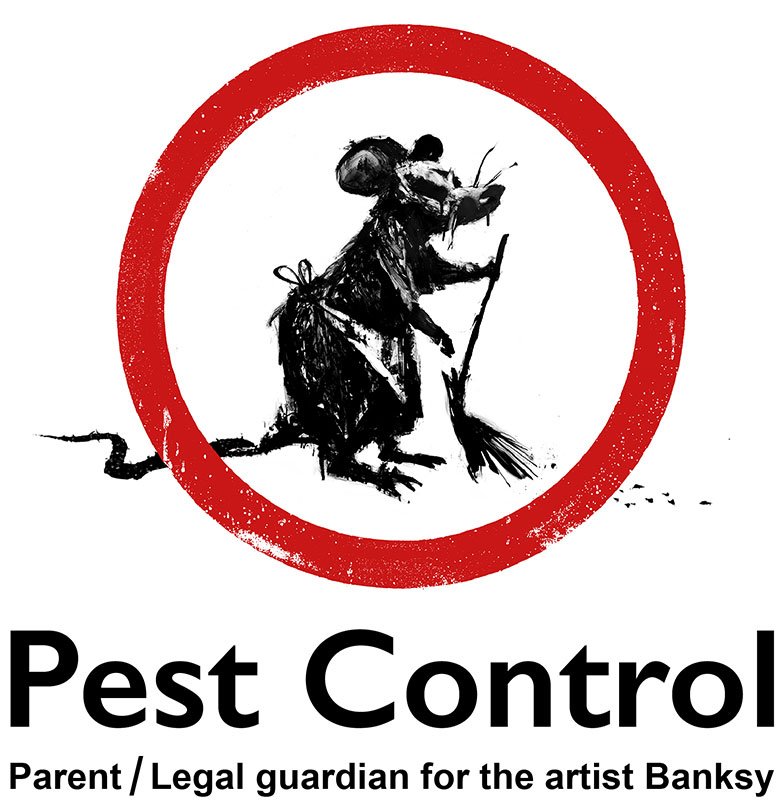Specialist A1 Charlotte Bed Bug Exterminator - Top Quality Solution Assured
Bed Insect Treatment Break Down: Contrasting Chemical Vs. Non-Chemical Solutions
In the world of bug control, particularly when managing the persistent problem of bed pests, the choice in between chemical and non-chemical therapy services can be a crucial one. Both techniques supply distinct advantages and downsides, influencing elements such as performance, safety considerations, and general price. By taking a look at the nuanced details of each approach, a clearer understanding of which course to pursue in addressing a bed insect invasion can be obtained.
Performance of Chemical Treatments
Chemical therapies for bed bug infestations have actually been commonly identified for their powerful and fast efficacy in removing these pests. When thinking about the efficiency of chemical treatments, it is critical to comprehend that they can provide a complete and quick option to a bed bug issue. Professional pest control men frequently rely upon pesticides to target bed pests at different stages of their life process, consisting of eggs, adults, and fairies. These chemicals typically work by disrupting the bed pests' nerves, resulting in paralysis and eventual fatality.
Additionally, chemical therapies have the advantage of providing recurring effects, implying that they can continue to get rid of bed pests even after the preliminary application. This residual activity is particularly advantageous in combating any kind of potential re-infestations. Furthermore, the fast activity of chemical treatments can bring relief to individuals facing serious bed pest invasions, permitting them to reclaim control of their living rooms rapidly.
Security Worry About Chemical Solutions
One important aspect that needs careful factor to consider when using chemical solutions for bed insect treatment is ensuring the security of occupants and the atmosphere. Direct exposure to specific chemicals made use of in bed insect treatments can lead to respiratory problems, skin irritability, or other unfavorable responses, especially in individuals with pre-existing problems or sensitivities.
In addition, the ecological impact of chemical remedies is one more significant factor to consider. Some chemicals utilized in bed pest therapies may be harmful to beneficial pests, wildlife, and ecological communities if they leach into the soil or water supply. It is necessary to utilize chemical therapies judiciously, complying with security standards, and considering less harmful choices to minimize these risks and make sure the safe and efficient monitoring of bed bug problems.
Benefits of Non-Chemical Methods
Taking into consideration the prospective safety concerns and ecological influence connected with chemical services for bed pest therapy, checking out non-chemical methods presents an appealing option with several distinctive advantages. Non-chemical treatments are eco friendly, as they do not add to air or water contamination, making them a sustainable option for parasite control.
Furthermore, non-chemical remedies can be reliable in targeting bed bugs, including hard-to-reach nearest pest control company areas where chemical treatments may not permeate - A1 bed bug exterminator charlotte. Techniques such as warmth therapy, vacuuming, vapor cleaning, and mattress encasements supply detailed elimination without the use of hazardous chemicals.
Limitations of Non-Chemical Treatments

Furthermore, non-chemical treatments typically call for several applications to accomplish successful removal. This can be taxing and might not constantly guarantee complete removal of all bed pests and their eggs, especially in hard-to-reach or covert areas.
In addition, the success of non-chemical treatments greatly counts on appropriate application and thoroughness, which can be challenging for people without professional expertise. Inadequate application of non-chemical techniques may lead to incomplete elimination, causing relentless problems and the demand for added therapies.
Consequently, while non-chemical treatments have their advantages, it is vital to acknowledge these restrictions and consider them when figuring out one of the most reliable method for managing bed bug infestations.
Cost Comparison: Chemical Vs. Non-Chemical Options
Given the limitations related to non-chemical therapies, an essential facet to review in the context of bed pest management is the price contrast in between chemical and non-chemical alternatives. Chemical treatments address normally include the application of insecticides by experts, which can vary from $250 to $900 per room, depending on the severity of the invasion and the dimension of the area to be dealt with. In comparison, non-chemical therapies like heat treatment or vapor can be much more pricey, with do pest control costs varying from $1,000 to $6,000 for an entire home. While the first expense of chemical therapies might seem reduced, numerous treatments might be called for to completely remove the infestation, potentially increasing the overall cost. On the other hand, non-chemical options may supply an extra eco-friendly and lasting solution, although they can be cost-prohibitive for some people. Ultimately, when taking into consideration the cost of bed bug therapy options, it is necessary to evaluate the ahead of time expenses versus the effectiveness and long-lasting sustainability of the picked technique.
Verdict

Thinking about the potential security worries and environmental effect associated with chemical services for bed insect therapy, exploring non-chemical methods offers an appealing alternative with a number of distinctive advantages.Given the constraints connected with non-chemical therapies, a crucial aspect to examine in the context of bed bug administration is the cost contrast between chemical and non-chemical choices. In contrast, non-chemical treatments like heat treatment or vapor can be more expensive, with expenses varying from $1,000 to $6,000 for a whole home. While the first expense of chemical treatments might appear reduced, numerous treatments may be needed to fully eradicate the problem, potentially raising the total cost.In verdict, when contrasting chemical and non-chemical bed insect therapy choices, it is crucial to consider effectiveness, safety and security, advantages, restrictions, and price.